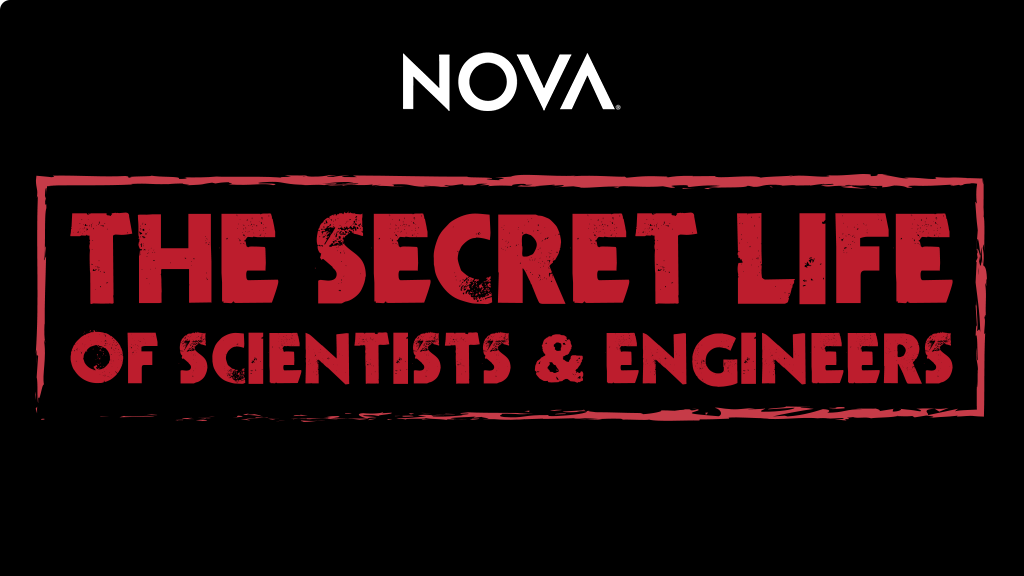Stephon Alexander
Stephon is a theoretical physicist who teaches at Haverford College.

Meet physicist and associate professor Stephon Alexander in these videos, blog posts, and interviews from "The Secret Life of Scientists & Engineers." Stephon is fascinated by big questions in theoretical cosmology, quantum gravity, and particle physics. He's also an accomplished jazz saxophonist.
“Dare to think the unthinkable.”
Science:
Stephon Alexander is a theoretical physicist who thinks about the connection between big things and small things.
Secret:
Stephon is a jazz saxophonist who loves to improvise music and ponder the physics of emotion.
A Real-Life Superhero
Stephon Alexander's 10th grade Physics teacher changes his life forever.
A Real Horn Player
Stephon Alexander makes the leap from Kenny G. to John Coltrane and never looks back.
30 Second Science with Stephon Alexander
We give Stephon Alexander 30 seconds to describe his science and he talks about big things and small things.
10 Questions for Stephon Alexander
We ask Stephon Alexander 10 questions and he chooses Coltraine over Einstein.
The very big and the very small
Stephon studies the connections between things that are enormous—like universes—and things that are teeny—like neutrinos. I already know of one shared feature: their size is incredibly difficult for me to wrap my mind around. The observable universe is apparently 92 billion light years across. But how big is that, really? In my head, that means about the same as if it were 92 million, or 92,000, or 9.2 light years across.
A neutrino—which is a particle, like an electron, except with neutral charge—has mass, but the number is debated : it’s somewhere between 0.05 to 0.58 electron volts. Huh? What’s an electron volt?
It all looks teeny here... but it’s enormous.
I’m not the only one who struggles with conceptualizing the very big and the very small. Luckily, my neighborhood science museum—the American Museum of Natural History , in Manhattan—has a fabulous exhibit to help us out. It’s called the “ Scales of the Universe .”
The exhibit spirals around an 87-foot planetarium, called the Hayden Sphere, which becomes a reference point for all of the objects around it. For instance, you might stand in front of a 10-inch globe with the big dome behind it. The exhibit text tells you that if the dome were the sun, then the globe would be the earth. If the dome were a raindrop, the globe would be a red blood cell. If the dome were a red blood cell, the globe would be a rhinovirus. And if the dome were a rhinovirus, then the globe would be a hydrogen atom.
Pretty cool way to think about size, right? Plus, if you walk up the spiral path that leads to the planetarium, you’ll see a timeline of the earth’s history, beginning with the Big Bang and ending with present day. On this scale, the era of human existence spans the width of a human hair. So next time you’re in the Big Apple, make sure to stop by. It’ll blow your mind.
Where does science come from?
So I wondered.... Where does science come from? Does it come from Bill Nye the Science Guy? After all, “science” is right there in his name.
Or does it come from Google? When I do a Google search for “science,” I get over a billion results. That has to be the mother lode of all scientific thought, right?
Good guesses, my friends, but no cigar.
These answers can’t be right, because, as remarkable as it may seem, science existed even before Bill Nye the Science Guy and Google were twinkles in their parents’ eyes.
Adrift in a harsh, unyielding universe and searching for answers, I looked for help from our new scientist, Stephon Alexander. And he told me where he had found science:
Young Stephon...
“The roots of me becoming a theoretical physicist started back in the island of Trinidad. I grew up in a village close to Venezuela. So it was on the southern coast of the island, and there was very little light pollution. And as a kid, we believed in things like ghosts, and we called them ‘jumbies’ in Trinidad. So if you’re a kid out at night, and no one has ever told you that the Moon is a moon—a piece of rock in outer space—you might think that it could be a jumbie trying to follow you. That was my big question. Why is this thing, whenever I run away from it, it just continues to follow me? Or why doesn’t it ever come and try to get me? So that kind of question, a natural inquisitiveness, I had, wondering about things, especially the night sky. You know, looking at little insects and trying to distinguish, ‘Okay, what makes this alive when a piece of twig isn’t alive?’ So I used to wonder about these things. And that natural environment of Trinidad, without the light pollution and noise pollution, really provided a good setting for that.”
I finally had my answer.
Science, it turns out, comes from Trinidad.



